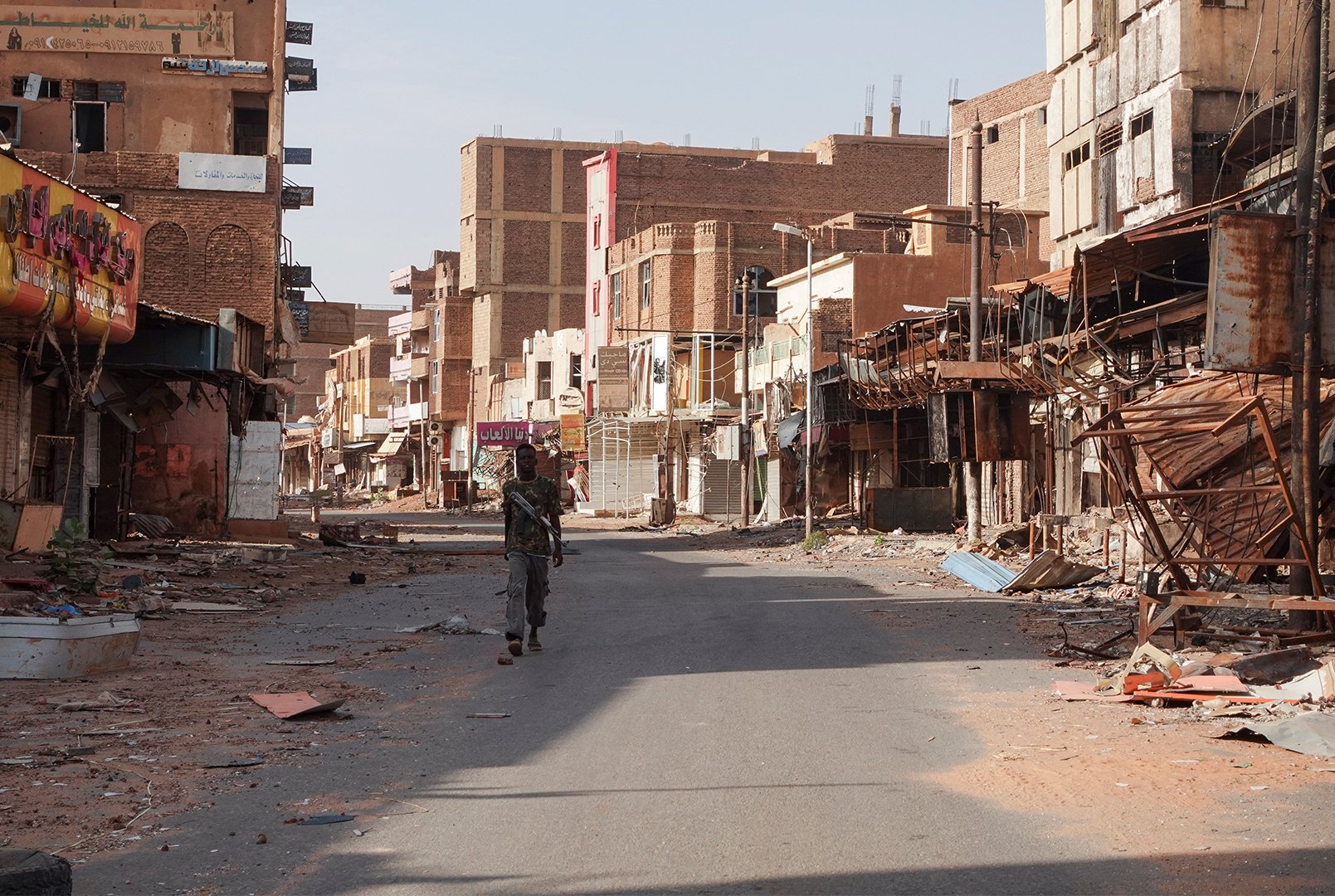Sudan has been mired in a multifaceted humanitarian crisis over the last year-and-a-half, after a new round of violence broke out in the country’s ongoing civil conflict in April 2023. Since then, an estimated 20,000 people have been killed, with another 33,000 wounded. But tragic as they are, the deaths from the fighting are just the beginning of Sudan’s crisis, which has seen millions of its residents displaced and a significant portion of its population in dire need of food and humanitarian assistance.
Sudan was struggling on a number of fronts before the most recent conflict took hold. Years of political instability, combined with economic trials and widespread food insecurity, placed almost 16 million in need of humanitarian support prior to April 2023. Since the hostilities began, that figure has risen to 25.6 million people. Of those, 11 million have fled their homes, including close to 3 million who have sought refuge in neighboring countries and 8.1 million who are internally displaced. Sudan is at the epicenter of the largest active displacement and hunger crisis in the world.
Refugees and internally displaced persons in need
Different risk factors apply in the case of such large numbers of refugees and internally displaced persons (IDPs). These risks include being exploited through human or sex trafficking, poverty and hunger, targeted violence, and ethnic cleansing. Food insecurity is extremely high among refugees and IDPs, and aid organizations’ access is compromised because of the conflict. Medical services, hygiene supplies, and safe shelter are in short supply, adding to the vulnerability of these refugees. Homes and farms have been destroyed, so that many refugees and IDPs have little chance of rebuilding once the conflict is over.
In turn, the host communities that have seen large influxes of people fleeing violence and starvation are also strained due to shortages in space, food, water, and medical supplies. Tensions are high and could spark further conflict.
What was already a tenuous food situation has now effectively collapsed into famine across many areas throughout the country, particularly North Darfur. The destruction of farms, gardens, and livestock through a combination of fighting and longer-term climate stressors has left millions unable to feed themselves and their families. More than 750,000 people across 10 states in Sudan are experiencing catastrophic levels of hunger, according to the Integrated Food Security Phase Classification (IPC) in June 2024. Meanwhile, some 25 million—easily half the country—suffer from malnutrition and food insecurity. This is compounded by economic collapse, exorbitant food prices, and 300% inflation, putting any available food out of reach for most of those suffering from malnutrition.
Sudan’s economy has worsened
The country’s economy, in general, was already at a breaking point before the outbreak of the conflict, with stubbornly high inflation and extreme shortages of essentials contributing to widespread protest and unrest. It has only gotten worse in the past year, with nearly half of the country’s population unemployed. The local currency has lost much of its value, and factories and stores have been devastated by looters. In addition, material goods, cash, and a variety of services have become increasingly hard to access.
Education is equally in shambles: nearly 20 million children do not attend school. Apart from the lack of education, these children run a greater risk of trafficking, sexual and physical abuse, recruitment into militias, and other violent groups, displacement, and lifelong poverty.
Impact on the medical system
The medical system in Sudan has also been battered by the ongoing conflict. Over 70% of all medical clinics and related facilities are currently non-functional. There is a widespread shortage of medical personnel, supplies, and medications, which exacerbates the devastation caused by malnutrition, waterborne diseases, and other enduring health concerns. Additionally, a lack of hygiene supplies has resulted in an increased risk of illnesses and infections among a population that is particularly susceptible and lacks the infrastructure necessary for effective treatment.
Islamic Relief USA’s response
When the IPC issued its June 2024 report on the catastrophic levels of hunger in Sudan, Islamic Relief USA (IRUSA) confirmed that it and other aid agencies had been dreading this news. In a press statement, Yusuf Roble, Regional Director for Islamic Relief in East Africa, noted, “Sudan is now the world’s biggest hunger crisis and aid agencies have been warning about the threat of famine for months, but these warnings have been ignored by the world. This wasn’t inevitable, it is the consequence of apathy and neglect.” IRUSA called on international governments to deliver on their promises of funding, and to act quickly to prevent further hunger and suffering, especially among vulnerable children.
Despite the difficult conditions, IRUSA and other NGOs are working hard to ensure that the people of Sudan are not forgotten. IRUSA has delivered crucial assistance, including food aid for 7,450 people, access to medical care for 45,000 people, psychological support for 3,900 people, agricultural tools and seeds for 10,777 farmers, and cash assistance for 23,340 people. In addition, IRUSA has provided clean water for 8,412 people, including 3,520 water storage kits. To promote dignity and help curb the spread of disease, IRUSA provided hygiene kits for 2,500, dignity kits for 600 people, and non-food item (NFI) kits for 1,550 people. IRUSA workers also led hygiene promotion sessions for 17,550 people.
This aid is against the backdrop of IRUSA’s long-term work in Sudan, where it has been focused on eradicating poverty and promoting economic development for years. These past and ongoing interventions include support for orphaned children, an Islamic microfinance livelihood program called Qurbani+, emergency aid for flood-affected families, and other aid focused on healthcare, education, and support for refugees, returnees, and IDPs. To learn more about these and other IRUSA projects in Sudan and Northeast Africa, see https://irusa.org/sudan/.

Leave a Reply